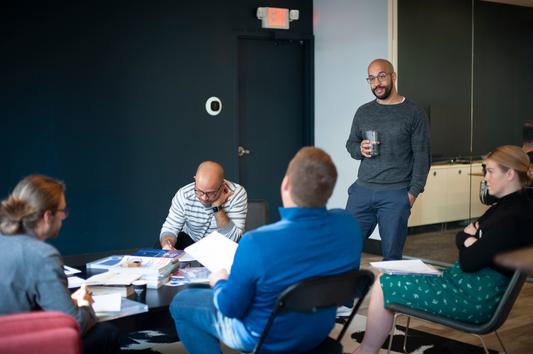
Peopledesign
The Built Environment
Furniture
Lighting
Textiles/Upholstery
Flooring/Carpet
Building Materials
AE Firms
Growth Innovation
Growth Innovation

What's Different Today
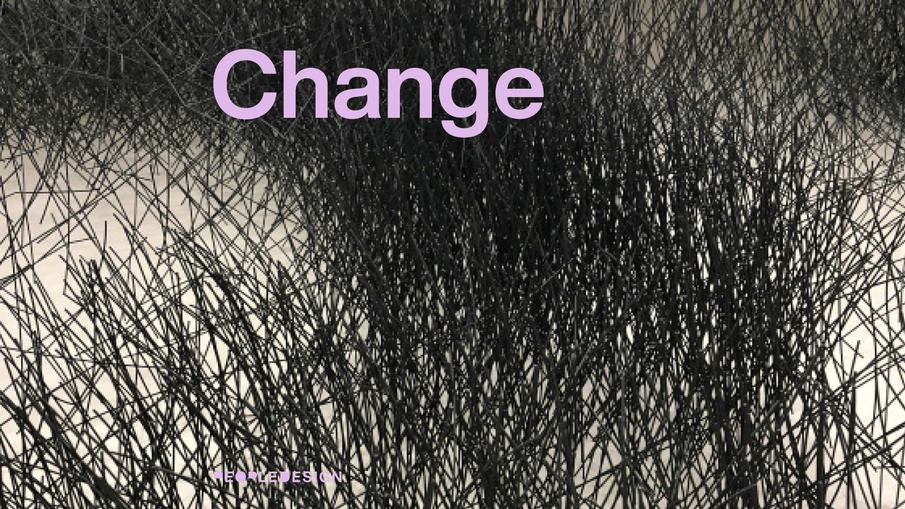
Every two days, we create as much information as we did from the dawn of civilization until 2003.
Eric Schmidt, Google
New Expectations
Since 2017, CMOs spend more on technology than CIOs.
Gartner
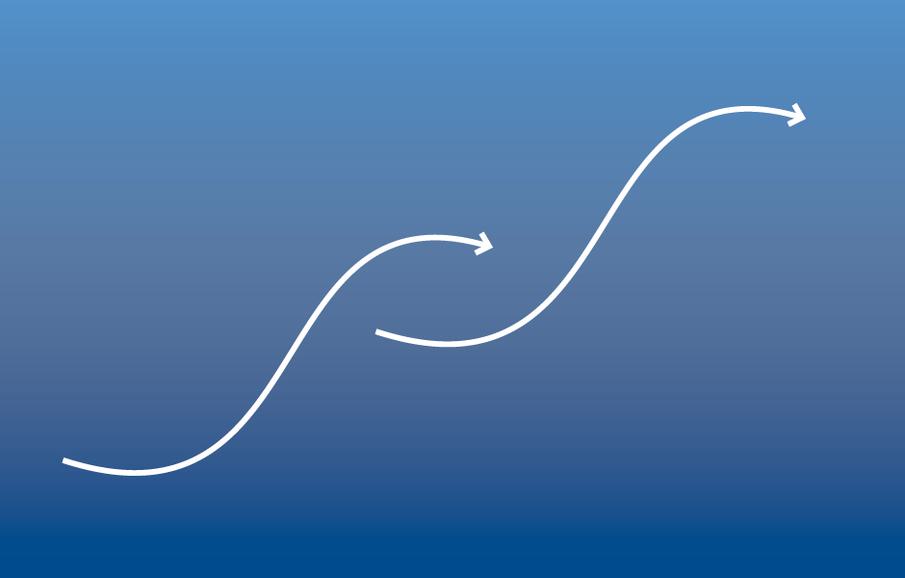
Reinvent your business before it’s too late.
Harvard Business Review
New Tools
Planning for Change
You can’t change the past, but you can change the future trajectory. Isolate the past, present, and future as your plot your change strategy. The future roadmap can break into logical innovation horizons: Long-term Vision, medium-term Growth, and near-term Activation.
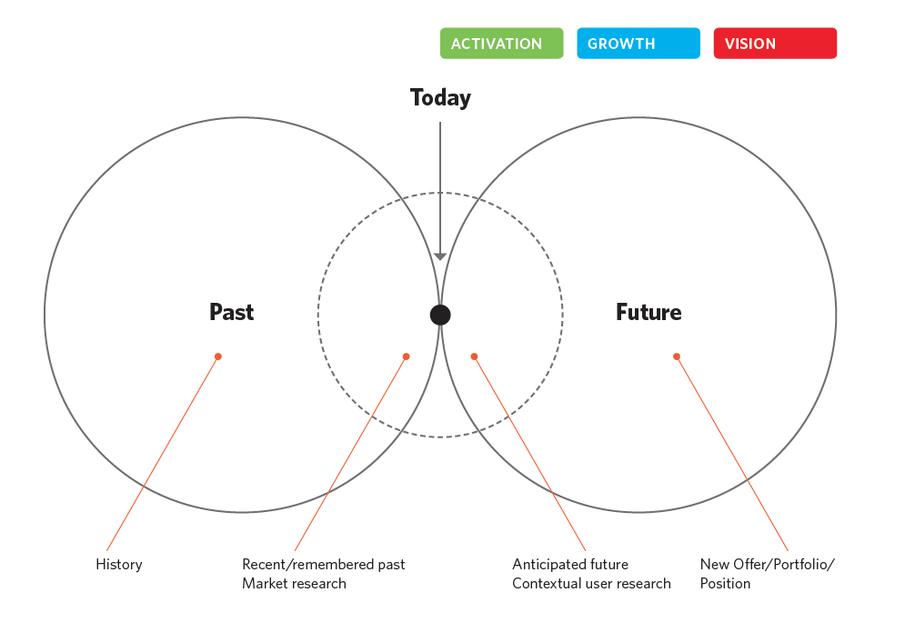
Finding Opportunities
Ethnographic Research
Competitive Landscape
Impact Trends and Benchmarks
Authenticity
You know who your direct competitors are. You know who your aspirational competitors are. But how much have you thought about new threats that haven’t entered the market yet? Often, the most significant disruptors come from outside the industry or from a different role in the value chain. Understanding the broader landscape keeps us from repeating the mistakes of our direct competitors while thinking differently about how to leverage methods that new threats or substitutes might use.
Impact Trends and Benchmarks
Umbrella trends, like sustainability, permeate the marketplace and sometimes lose clarity and meaning. Seed trends emerge. Some trends don’t last, but others do, and a few may have a critical impact or provide a solid opportunity for your organization. By examining impact trends and benchmarking organizations in other markets that have embraced these trends well, we can hypothesize how your organization might apply these learnings for its benefit.
Authenticity
Opportunities have to be authentic to your organization, or they likely won’t work. Growth opportunities should challenge and expand the way your organization thinks, but it needs to be rooted in your value proposition. Understanding the world outside your company is vital. It’s equally important to see what’s going on inside your walls. We review your strategic documents, interview key stakeholders, and collaborate with your team in workshops. Then we make actionable recommendations while fostering internal adoption and alignment.
If I had asked people what they wanted, they would have told me a faster horse.
Henry Ford
Innovation Strategy
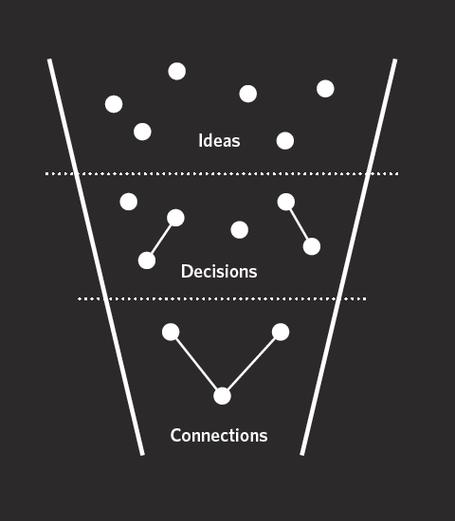
Offer Development
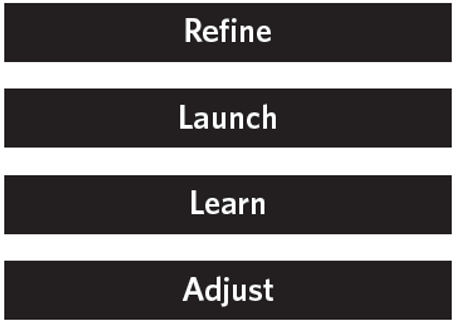
Organizational Appetite for Innovation
All our projects go through the same process, but the jumping-off point is determined based on the organization’s needs and appetite for change.

Chart Your Path
